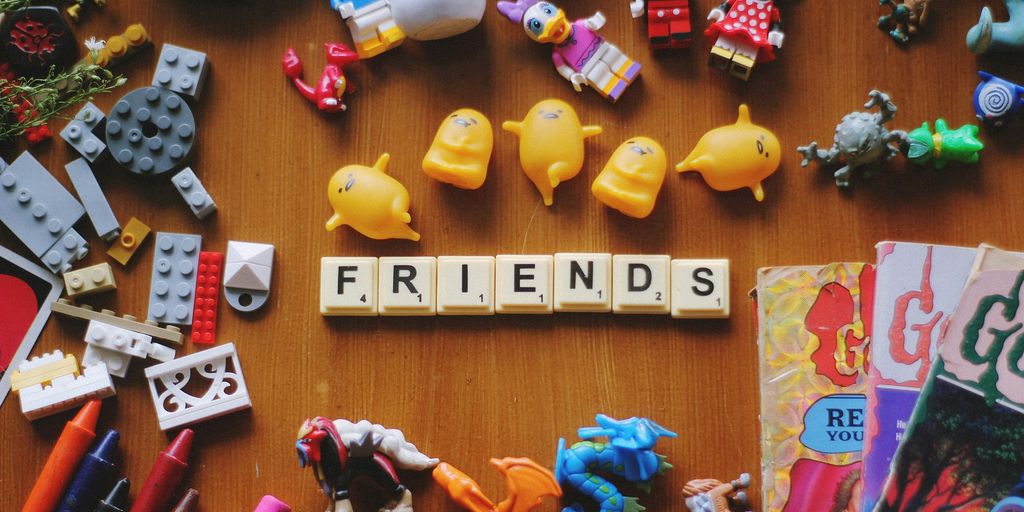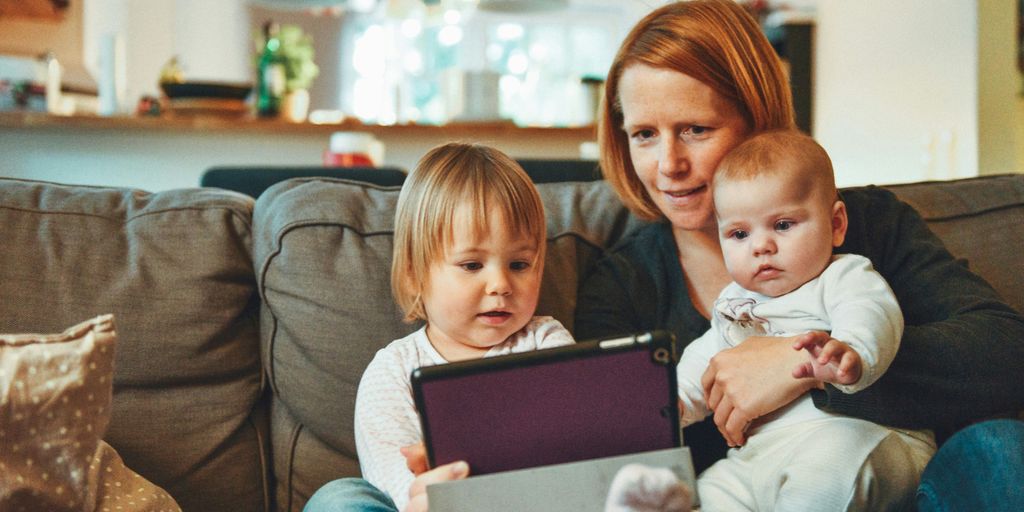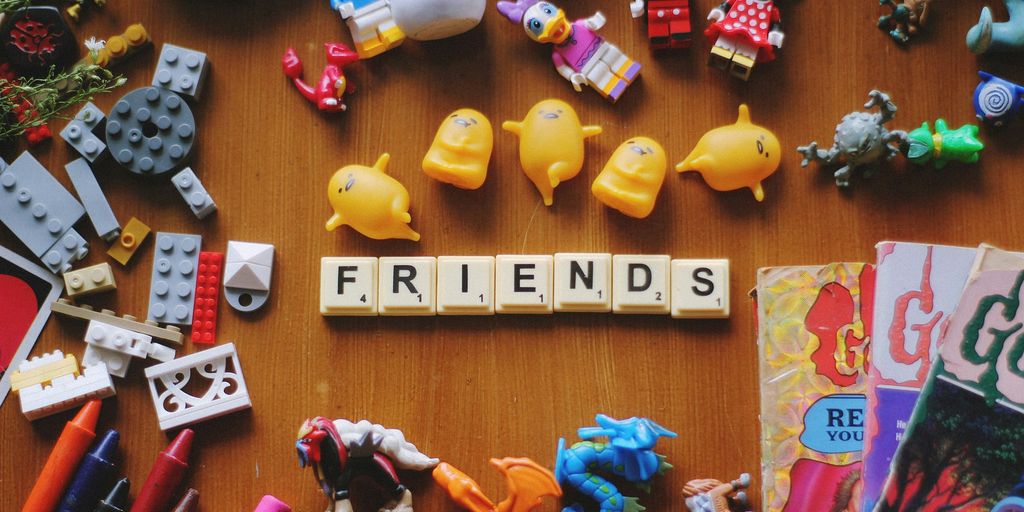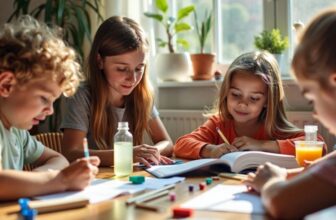
Educational activities for kids are a great way to teach them important skills while making learning fun. These activities spark curiosity and interest, helping kids understand and remember concepts better. Whether it’s science experiments, arts and crafts, or interactive math games, there’s something for every child to enjoy and learn from. Let’s dive into some exciting and engaging educational activities that will make learning a blast for kids!
Key Takeaways
- Educational activities make learning fun and engaging for kids.
- Science experiments can teach kids about important scientific concepts in a hands-on way.
- Arts and crafts activities help kids develop creativity and fine motor skills.
- Math games make learning numbers and operations enjoyable and practical.
- Outdoor adventures and technology-based learning offer diverse ways to explore and understand the world.
Science Experiments for Curious Minds
Walking Water Experiment
The Walking Water Experiment is a simple yet fascinating activity that demonstrates capillary action. Kids will be amazed as they watch water move from one cup to another through a paper towel.
Materials Needed:
- 3 clear cups
- Water
- Food coloring
- Paper towels
Steps:
- Fill two cups with water and add different food coloring to each.
- Place the empty cup between the two filled cups.
- Fold paper towels and place one end in the colored water and the other end in the empty cup.
- Watch as the water "walks" through the paper towels and mixes in the middle cup.
Magic Milk Experiment
The Magic Milk Experiment is a colorful way to explore the interaction between milk, food coloring, and dish soap. This experiment is perfect for teaching kids about chemical reactions.
Materials Needed:
- A shallow dish
- Milk
- Food coloring
- Dish soap
- Cotton swabs
Steps:
- Pour milk into the shallow dish.
- Add drops of food coloring to the milk.
- Dip a cotton swab in dish soap and touch it to the milk’s surface.
- Observe the vibrant colors swirl and mix.
Oobleck Sensory Activity
Oobleck is a non-Newtonian fluid that behaves like both a solid and a liquid. This sensory activity is not only fun but also educational, teaching kids about the properties of different materials.
Materials Needed:
- Cornstarch
- Water
- A large bowl
- Food coloring (optional)
Steps:
- Mix cornstarch and water in a large bowl until it reaches a gooey consistency.
- Add food coloring if desired.
- Let kids play with the Oobleck and observe how it changes under pressure.
Leak Proof Bag Experiment
This experiment is sure to WOW your kids! Using just a plastic bag and some pencils, kids can learn about the properties of polymers and why they can prevent leaks.
Materials Needed:
- A plastic zip-lock bag
- Water
- Sharp pencils
Steps:
- Fill the plastic bag with water and seal it.
- Carefully push sharp pencils through the bag without spilling any water.
- Notice how the bag remains leak-proof despite the holes.
These experiments are not only fun but also provide valuable insights into scientific principles, making learning an exciting adventure for kids.
Creative Arts and Crafts
DIY Dinosaur Dig
Unleash your child’s inner archaeologist with a DIY Dinosaur Dig. This activity involves burying small dinosaur toys in a sandbox or a container filled with sand. Kids can use brushes and small tools to excavate their finds, making it a fun and educational experience.
Rainbow Find and Cover the Letter Mats
This colorful activity helps kids learn their letters while having fun. Create mats with letters and provide rainbow-colored markers or stickers. Children can find and cover the letters, enhancing their letter recognition skills.
Chromatography Flowers
Explore the science of colors with Chromatography Flowers. Use coffee filters, markers, and water to create beautiful, colorful flowers. This activity not only sparks creativity but also teaches kids about color separation.
Nature Collage
Encourage kids to explore the outdoors and collect natural items like leaves, flowers, and twigs. They can then use these items to create a nature collage. This activity promotes creativity and an appreciation for nature.
Engaging in creative arts and crafts activities helps children develop fine motor skills, express their creativity, and learn new concepts in a fun and interactive way.
Interactive Math Activities

Fraction Pizza Party
Teach fractions in a delicious way by organizing a pizza party where kids can learn about halves, quarters, and eighths. This hands-on activity makes learning fractions fun and engaging.
Materials Needed:
- Paper plates
- Colored paper or felt (red, yellow, brown) to represent different pizza toppings
- Scissors and glue
How to Do It:
- Cut the paper plates into halves, quarters, and eighths.
- Ask kids to decorate each ‘slice’ with paper toppings.
- Mix and match the slices to create whole pizzas, discussing the fraction each slice represents.
Bead Counting and Sorting
This activity helps kids practice counting and sorting while having fun. Using colorful beads, children can improve their number sense and fine motor skills.
Materials Needed:
- Various colored beads
- String or pipe cleaners
- Small containers for sorting
How to Do It:
- Provide kids with a variety of colored beads.
- Ask them to sort the beads by color or size into different containers.
- Encourage them to count the beads in each container and string them in patterns.
Shape Sorting Fun
Shape sorting is a classic activity that helps kids recognize and differentiate between various shapes. This can be done using simple materials found at home.
Materials Needed:
- Colored paper or cardboard
- Scissors
- Markers
How to Do It:
- Cut out different shapes from colored paper or cardboard.
- Draw outlines of these shapes on a large sheet of paper.
- Ask kids to match the cut-out shapes to the outlines.
Addition Symbol Game
Make learning addition symbols exciting with this interactive game. Kids will enjoy the challenge while reinforcing their math skills.
Materials Needed:
- Index cards
- Markers
- Small objects (like buttons or coins)
How to Do It:
- Write different addition problems on index cards.
- Provide small objects for counting.
- Ask kids to solve the problems using the objects and write the correct addition symbol.
Interactive math activities like these not only make learning fun but also help kids develop a strong foundation in math. They encourage hands-on participation and critical thinking, making math a subject to look forward to.
Language and Literacy Games
Sight Word Memory Games
Turn learning into a fun challenge with sight word memory games. Write sight words on cards and their matching definitions on another set. Mix them up and lay them face down. Kids take turns flipping two cards at a time, trying to find a match. This game not only helps with word recognition but also boosts memory skills.
Printable Letter Sounds Alphabet Board Game
Create an engaging board game that focuses on letter sounds. Use a printable alphabet board and have kids move their pieces by correctly identifying the sounds of letters they land on. This interactive game is perfect for reinforcing phonics skills in a playful way.
Editable Name Spelling and Tracing Printables
Personalize learning with editable name spelling and tracing printables. Kids can practice writing their own names, which is a great way to build confidence and improve handwriting. These printables can be customized to include any name, making them a versatile tool for early literacy.
Sunflower Word Family
Explore different sound combinations with a word-family sunflower. Write word endings on the petals and fill the center with letters. Kids can spin the sunflower and create new words by matching the letters with the endings. This activity is a fun way to learn about word families and improve reading skills.
Engaging in these activities not only makes learning fun but also helps children develop a love for reading and writing. The mrnussbaum language arts center offers thousands of free printable and interactive games that can further support your child’s literacy journey.
Outdoor Educational Adventures
Exploring the great outdoors offers a wealth of learning opportunities for kids. From nature walks to interactive museums, these activities are designed to be both fun and educational. Outdoor learning ideas and nature activities for kids can spark curiosity and foster a love for the environment.
Alphabet Through Photos
Turn a simple walk into an educational adventure by searching for objects that start with each letter of the alphabet. Kids can take photos of their finds, creating a personalized alphabet book. This activity not only enhances their observation skills but also reinforces letter recognition.
Pipe Cleaner Constellations
Bring the night sky to life with pipe cleaner constellations. Kids can use pipe cleaners and beads to recreate their favorite constellations. This hands-on activity helps them learn about stars and constellations while boosting their creativity.
Educational Tours and Workshops
Participate in educational tours or workshops that explore topics like history, art, or nature. These experiences can be incredibly enriching and provide a deeper understanding of various subjects. They are perfect for outdoor learning and nature activities for kids of all ages.
Interactive Museums and Learning Centers
Visit interactive museums and learning centers that offer hands-on exhibits and activities. These places are designed to make learning fun and engaging. Whether it’s a science center or a history museum, kids will love the interactive elements and the chance to learn through play.
Outdoor educational adventures are not just about learning; they are about creating lasting memories and fostering a lifelong love for exploration and discovery.
Cooking and Baking for Learning
Cooking and baking are fantastic ways to teach kids essential skills while having fun. These activities can help children understand math, science, and even cultural studies. Here are some engaging ideas to get started:
Measuring Ingredients
Involving kids in measuring ingredients is a great way to introduce them to basic math concepts. They can learn about different units of measurement and practice their counting skills. This hands-on activity makes math tangible and enjoyable.
Understanding Fractions Through Baking
Baking is an excellent opportunity to teach kids about fractions. When you divide a recipe or cut a cake, you can explain how fractions work in real life. This makes abstract concepts more concrete and easier to understand.
Exploring Chemical Reactions in Cooking
Cooking often involves chemical reactions, like when baking soda reacts with vinegar. These reactions can be fascinating for kids to observe and learn about. It’s a fun way to introduce basic science concepts in a practical setting.
Cultural Cuisine Exploration
Exploring recipes from different cultures can be a delightful way to teach kids about the world. They can learn about various ingredients, cooking methods, and the cultural significance of certain dishes. This activity broadens their horizons and fosters an appreciation for diversity.
Technology-Based Learning
Educational Apps and Games
Educational apps and games are a fantastic way to make learning fun and interactive. These tools can turn screen time into a valuable educational experience. Many students who need extra academic support are still not engaged in ed-tech based learning. Apps like SplashLearn offer hands-on learning experiences in subjects like math, making it enjoyable for kids to learn while they play.
Online Science Experiments
Online science experiments allow kids to explore scientific concepts from the comfort of their homes. Websites and platforms offer a variety of experiments that can be done with household items. This not only makes science accessible but also encourages curiosity and experimentation.
Virtual Field Trips
Virtual field trips can take students to places they might never visit in person. From exploring the depths of the ocean to touring historical landmarks, these virtual experiences broaden their horizons and make learning more engaging. Virtual reality is one of the innovative educational technology examples shaping the future of learning.
Interactive Learning Platforms
Interactive learning platforms provide a comprehensive educational experience. These platforms often include videos, quizzes, and interactive activities that cater to different learning styles. They are designed to keep students engaged and make learning more effective.
Technology-based learning offers a unique opportunity to make education more engaging and accessible. By incorporating these tools, we can help students develop a love for learning and better prepare them for the future.
Conclusion
In conclusion, educational activities for kids are a fantastic way to make learning fun and engaging. By incorporating games, crafts, and hands-on projects, children can explore new concepts in a playful manner. This not only boosts their curiosity and interest but also helps them understand and remember what they’ve learned. Whether it’s through science experiments, cooking, or interactive apps, these activities provide a well-rounded learning experience that can be tailored to any child’s interests. So, get creative and start making learning an adventure for your kids today!
Frequently Asked Questions
How can parents and teachers use educational activities to encourage children to learn?
Parents and teachers can encourage kids to learn by making lessons hands-on and fun. Using real-world examples, going on field trips, and celebrating small wins can make learning more exciting.
What are the positive impacts of educational activities on children’s health?
Educational activities can improve kids’ mental and physical health. They help develop better communication skills, boost mental well-being, and increase physical activity.
How can technology be incorporated into educational activities for kids?
Technology can be used in kids’ learning through interactive apps, online games, virtual labs, and digital research tools. These make learning more engaging and fun.
How can parents make reading and writing activities more enjoyable for their children?
To make reading and writing more fun, choose age-appropriate books, read together, and use colorful pens. You can also include movies, role-playing, and ask fun questions to keep them interested.
How can we incorporate music into education to make it more engaging for children?
Music can make learning more engaging by using songs, rhymes, and musical instruments. It helps with stress relief and makes the learning experience more creative and fun.
How often should I introduce these activities to my child?
Regular engagement is important. Introducing a new activity once a week can keep things fresh and exciting, but even once a month can make a big difference.






